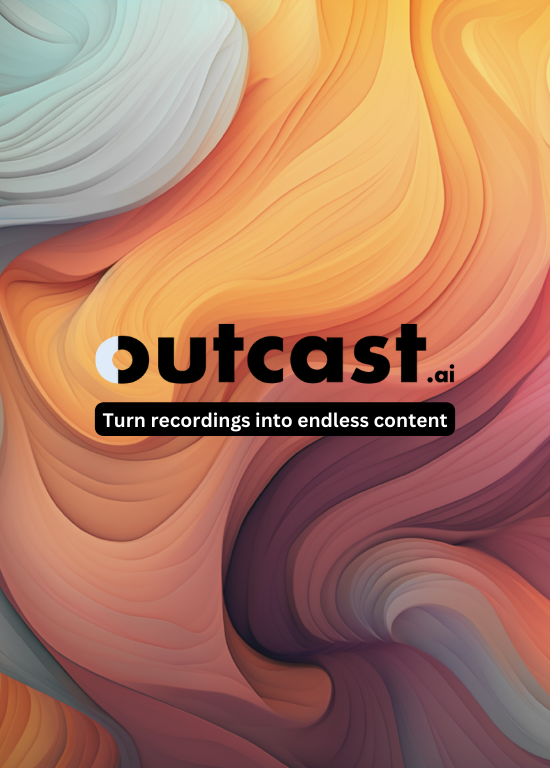Graphics
Definition: Graphics in podcasting refer to visual elements used to promote and enhance the identity of a podcast. These elements include cover art, logos, and social media graphics that help in branding, marketing, and attracting listeners.
Explanation and Importance:
- Types of Graphics:
- Cover Art: The primary visual representation of a podcast, typically displayed on podcast directories, apps, and listings. Cover art usually includes the podcast’s name, logo, and visual elements that reflect its theme and tone.
- Logos: A distinctive image or design that symbolizes the podcast brand. The logo is often used across various promotional materials, including websites, merchandises, and social media.
- Social Media Graphics: Visuals created for sharing on platforms like Instagram, Twitter, Facebook, and LinkedIn. These graphics can include episode announcements, quotes, behind-the-scenes images, and promotional banners.
- Key Elements of Effective Graphics:
- Clarity: Clear and easily readable text, even when scaled down to smaller sizes.
- Relevance: Visual elements that accurately represent the podcast’s content and vibe.
- Consistency: Uniform design elements across all graphics to maintain brand cohesion.
- Attractiveness: Visually engaging elements that capture the audience’s attention.
- Functions and Benefits:
- Brand Recognition: Consistent and well-designed graphics help build a recognizable brand identity, making it easier for listeners to identify the podcast.
- Attraction: Visually appealing graphics can attract potential listeners, especially when displayed on podcast directories or social media feeds.
- Professionalism: High-quality graphics convey professionalism and credibility, enhancing the overall perception of the podcast.
- Engagement: Dynamic social media graphics can increase audience engagement, encouraging shares, likes, and comments.
- Best Practices:
- High Resolution: Use high-resolution images to ensure clarity and quality, especially when resized.
- Scalability: Design graphics that look good at various sizes, as they will be displayed differently on various platforms.
- Brand Colors and Fonts: Utilize consistent brand colors and fonts across all graphics to maintain a cohesive look.
- Simplicity: Avoid clutter and over-complicated designs; simplicity often leads to more effective communication.
- Platform-Specific Design: Tailor graphics to fit the specific dimensions and norms of each platform, such as square images for Instagram and banners for Facebook.
- Creation Tools:
- Graphic Design Software: Professional tools like Adobe Photoshop, Illustrator, and InDesign enable detailed and high-quality graphic creation.
- Online Tools: User-friendly online platforms like Canva, PicMonkey, and Adobe Spark allow for quick and easy graphic design without requiring extensive design skills.
- Example in Context:Imagine a podcast about historical events. The podcast’s cover art might depict iconic imagery from various historical periods with the podcast’s title prominently displayed in a classic font. On social media, they could share infographics with interesting historical facts, episode highlights, and teaser images to attract followers and encourage them to listen.
